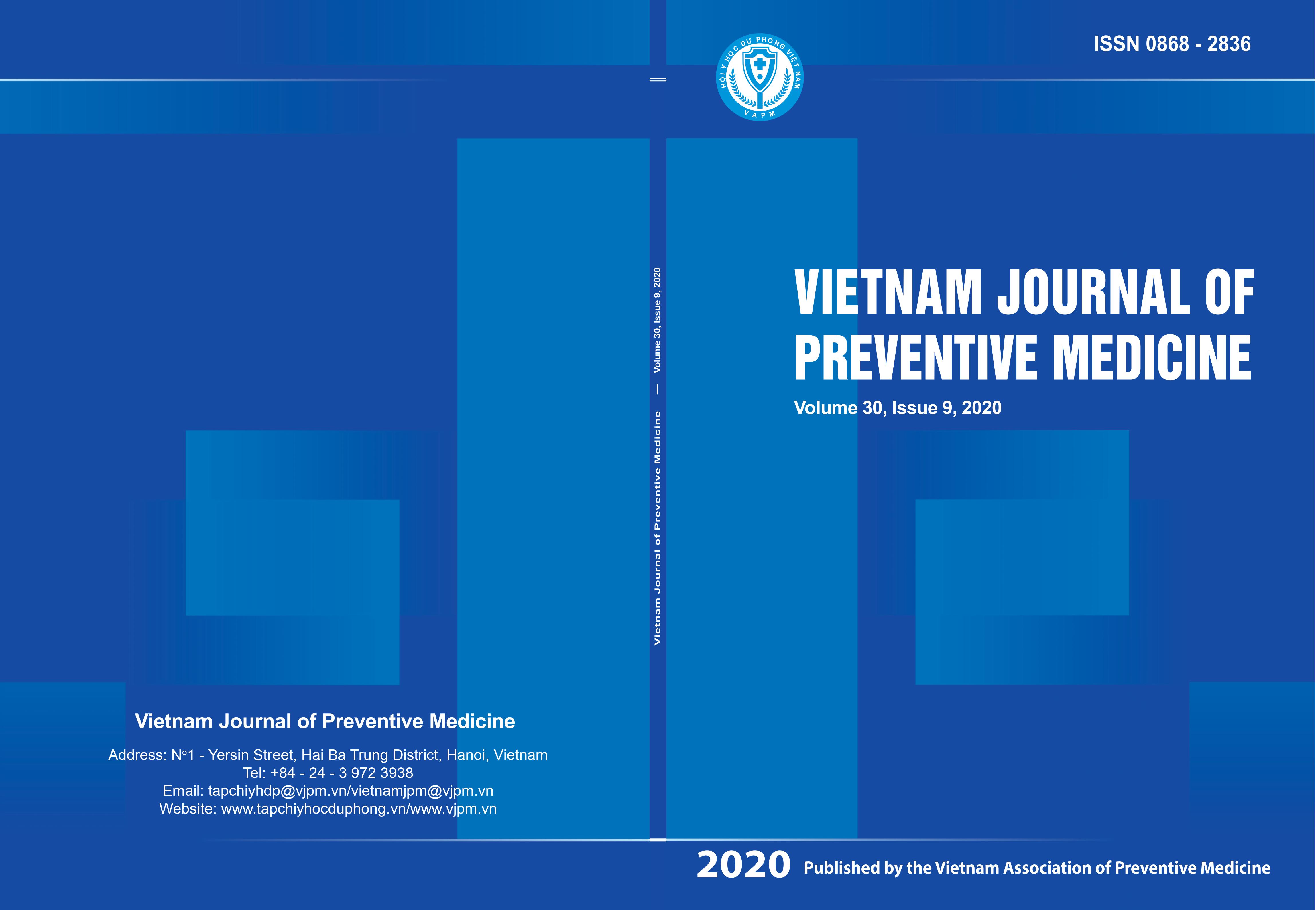Exploring SARS-CoV-2 genome with iSeq 100 Next Generation Sequencing
DOI:
https://doi.org/10.51403/0868-2836/2020/118Từ khóa:
SARS CoV-2, iSeq 100, next generation sequencingTóm tắt
Severe acute respiratory syndrome coronavirus 2 (SARS-CoV-2) was appeared in Wuhan, Hubei province, China
in late December 2019. Rapidly, COVID-19 (disease caused by SARS-CoV-2) then spread rapidly to more than 200
countries and regions around the world in April 2020. Since Vietnam is one of the frst countries to detect COVID-19
patients, diagnostic methods and outbreak management are essentially needed for the national guidelines. The National
Institute of Hygiene and Epidemiology (NIHE) decided to conduct a study by collecting nasal swab from suspected
peoples. These specimens were screened and inoculated the positive specimens. From January to August 2020, 40 positive specimens of clinical symptoms which Ct < 30 and 27 isolated specimens were sequencing. All the specimens were
sequenced the frst time on the Illumina iSeq 100 platform in Vietnam. After 15 operations (12 complete and others
incomplete ones), the entire genome virus of 27 viral strains and 12 clinical specimens were listed. Based on GISAID,
these sequences were grouped into three big groups (S, V, G) with dominance of subclade GR (17 isolates and 9 clinical
samples). Eight isolated sequences were uploaded to Genbank to share data with other researchers in worldwide.
Tải xuống
Tải xuống
Đã Xuất bản
Cách trích dẫn
Số
Chuyên mục
Giấy phép
Giấy phép xuất bản số: 150/GP-BTTTT cấp ngày 8/5/2014;
Giấy phép hoạt động báo chí điện tử số 322/GP-BTTTT cấp ngày 15/6/2016.


